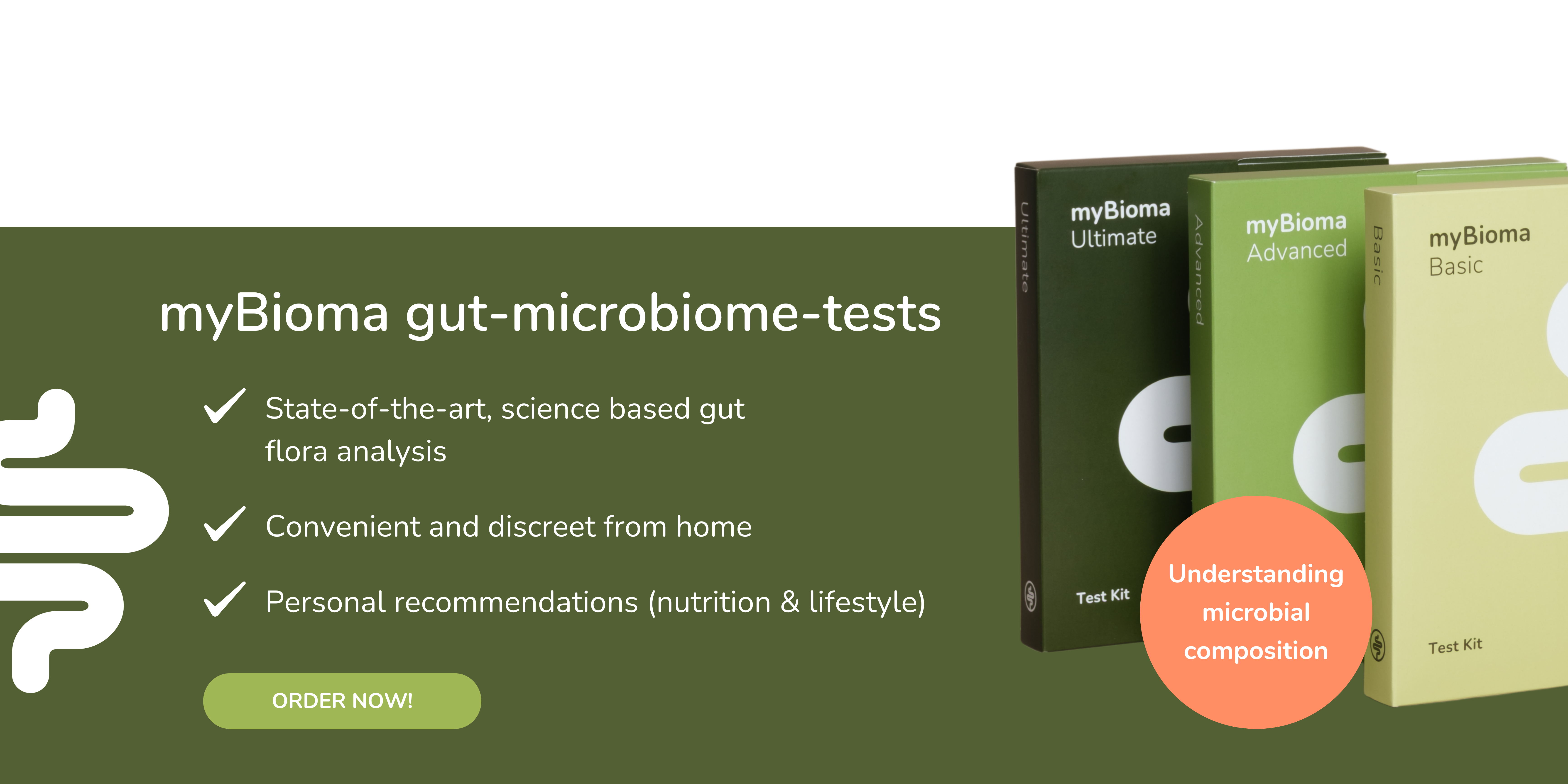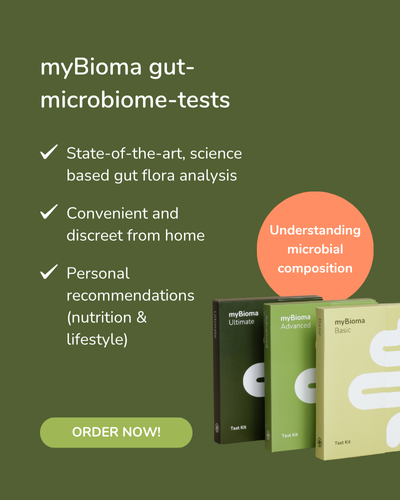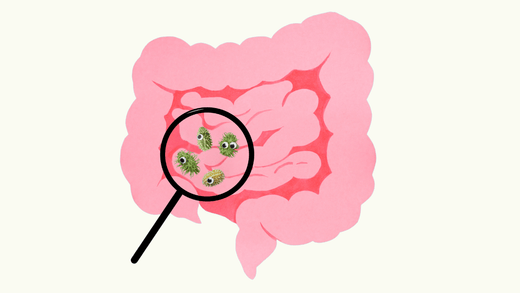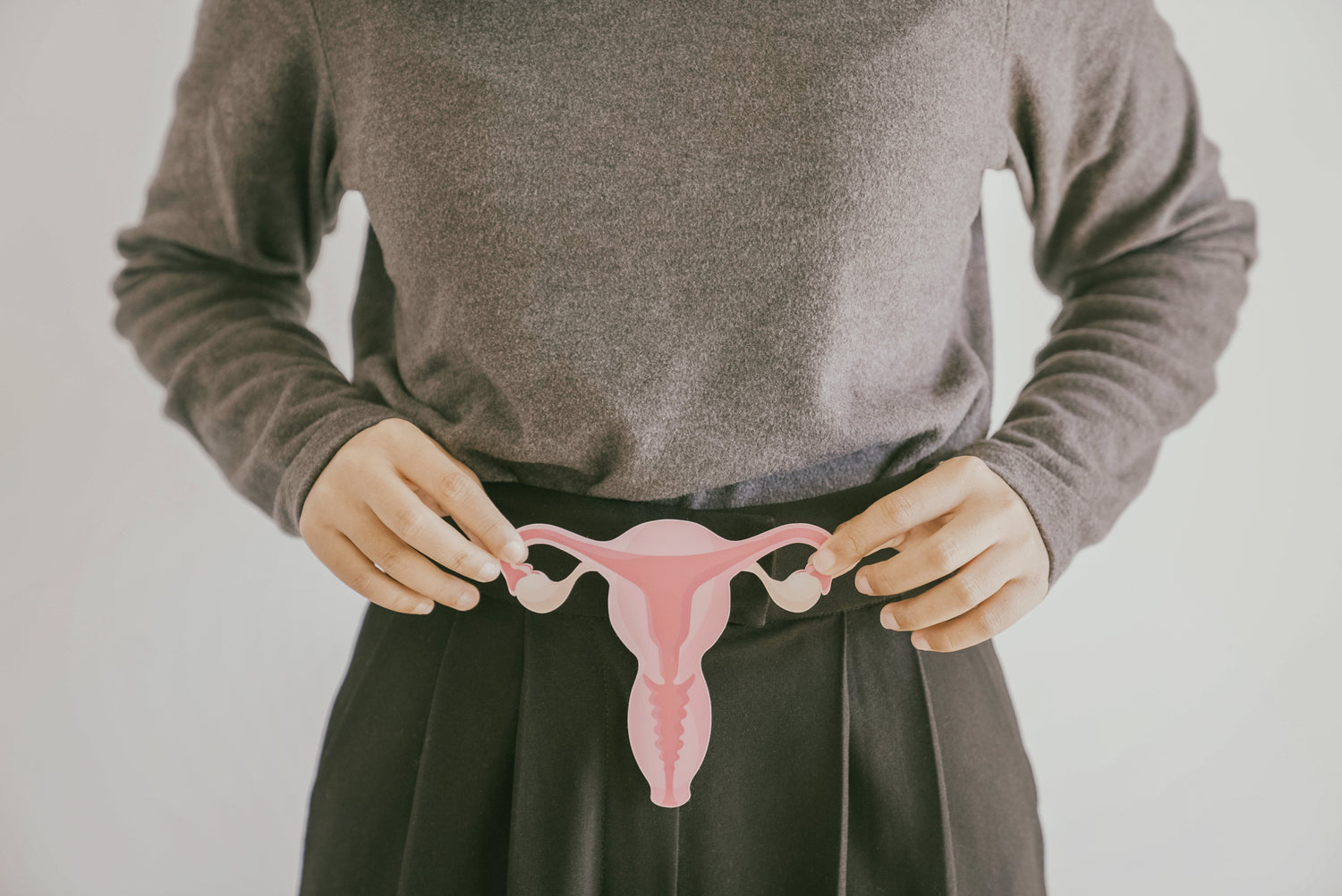Table of contents
- 1. What is microplastic?
- 2. Where does the microplastic go?
- 3. How does plastic end up on our plates?
- 4. Do microplastics end up in the body?
- 5. What does plastic do to the gut?
- 6. Is plastic absorbed into the blood?
- 7. How can I save plastic?
- 8. Pay attention to the origin of seafood!
- 9. No ready-made products
- 10. Buy the right fruit and vegetables!
Plastic is omnipresent and it is hard to imagine our lives without it. However, we are becoming increasingly aware of the many dangers that plastic poses: Not only is plastic a major problem for the environment and for many animals, it also has harmful effects on our health. The tiniest plastic particles can even be detected in our stool - does this mean that some of the plastic is already floating in our veins? What are the consequences for our bodies? We show you all these effects of microplastics here in 10 steps.
1. What is microplastic?
Plastic comes in all sizes, shapes and materials. The plastic that is dangerous for us comes in the smallest particles - so-called microplastics and nanoplastics. Microplastics are smaller than 5 mm in size, nanoplastics are even smaller than 0.0001 mm and invisible to the naked eye. There are two ways in which microplastics and nanoplastics are created: On the one hand, small plastic beads are manufactured industrially in order to later fuse them into larger pieces or to use them as tiny particles in cosmetics. On the other hand, a large proportion of our plastic waste ends up in the oceans, where it breaks down into tiny particles over decades. (1)

Over 450 years, a plastic bottle releases tiny plastic particles into the sea.
2. Where does the microplastic go?
Two things can now happen with the resulting microplastics and nanoplastics. During the production of plastic, some of the smallest particles can dissolve in the air. As a result, microplastics can be dispersed in the air and inhaled, which presumably damages the lungs. (2)
However, the bigger problem is in the oceans. There, the plastic particles are ingested by the smallest sea creatures with their food. This starts with plankton and continues. Through the natural food chain, where plankton is eaten by crabs and smaller fish, and these are then eaten by larger fish, microplastics and nanoplastics work their way up into larger animals. Once there, the plastic finds its way back to us - right onto the dinner table. (1)
3. How does plastic end up on our plates?
By eating seafood, we not only risk eating delicious fish, but also microplastics and nanoplastics. There are fish and seafood that are more and less contaminated with plastic. For example, marine fish seem to ingest more plastic than fish from inland waters. This is probably due to the fact that the oceans are more contaminated with plastic than most lakes and ponds. But there are also differences between the oceans: Studies have shown that fish along the Norwegian coast are significantly less contaminated with plastic than along large stretches of the Chinese coast and the Mediterranean. Inland fisheries in Europe also appear to have much lower levels of plastic particles in their waters than in Canada, for example. (3)
 Ocean fish ingest plastic particles with their food.
Ocean fish ingest plastic particles with their food.
4. Do microplastics end up in the body?
Unfortunately, we have to answer this frightening question in the affirmative. In any case, the plastic particles make it into our digestive tract because we ingest the plastic when we eat contaminated food (see point 8). Whether nanoplastics also enter the bloodstream in humans has not yet been proven with certainty, but it is probable. Animal studies have shown that the particles definitely penetrate further into the body and reach various organs. (4, 5, 6)
5. What does plastic do to the gut?
A new study has already proven that plastic particles are found in human stool. Although it was a small study with few participants, they came from different countries in Europe, Russia and Japan. Plastic particles were detected in the stool of every (!) participant. This means that contact with plastic in the gut is not uncommon. However, in order to determine what effects microplastics and nanoplastics have on the gut, we have to rely largely on animal studies. It has been shown in zebrafish that plastic particles cause considerable damage in the intestine. Nanoparticles in particular (in the range of 0.0001 mm), but also microparticles, caused major problems. The structure of the intestinal mucosa was damaged, intestinal cells were destroyed and oxidative stress, which can also affect the genes, was triggered. (4, 5)

By using plastic tableware and plastic bottles, we pollute our bodies with plastic particles.
6. Is plastic absorbed into the blood?
The question now arises as to whether the plastic particles are absorbed from the intestine and enter the entire body with the blood. Here too, data is mainly available from animal studies - but similar conditions could apply to humans. It has been shown in mice that microplastics are absorbed in the intestine and from there reach the liver and kidneys. The plastic particles are deposited there and can contribute to damage in the cells and significantly influence the metabolism. If the intestinal barrier is weak, as is the case with leaky gut syndrome and chronic inflammatory bowel disease, more particles are absorbed. It is also assumed that micro- and nanoplastics are involved in the development of obesity, infertility, genetic mutations and cancer in humans. Nevertheless, we should not panic now, because even if plastic components contribute to these diseases, they are only one of many factors. It is important to maintain a healthy lifestyle and a considered approach to plastic. (1, 3, 6)
7. How can I save plastic?
The first step is to think about where you can best save plastic in your daily life. This is not only good for your health, but also for the environment. Do you really need a plastic bag or can you do without one when shopping? Do you regularly use plastic dishes and plastic bottles during your lunch break? This is how you ingest additional plastic particles with your food. A sensible investment would be a reusable glass bottle and real cutlery for work.

Seafood is particularly affected by plastic particles.
8. Pay attention to the origin of seafood!
Fish is extremely healthy and provides valuable nutrients such as omega-3 fatty acids. However, be sure to pay attention to the origin and storage of the fish (packaged in paper or plastic) - as explained in point 4, plastic pollution varies from region to region. Fish from inland and inland waters is particularly safe, but fish from the North Sea and the North Atlantic should also be less contaminated. Crabs, on the other hand, should be eaten less often as they feed primarily on plankton and are therefore subject to higher levels of contamination(3).
9. No ready-made products
Ready-made products are unhealthy not only because of their additives, such as flavor enhancers, emulsifiers and colorants, but also because they are stored in plastic or aluminum for a longer period of time, which means that micro-ingredients can pass into the food. Therefore, try to avoid ready meals and eat fresh instead.
10. Buy the right fruit and vegetables!
Fruit and vegetables are usually sold in plastic packaging in supermarkets. Prolonged contact can also lead to small plastic particles being deposited on the fruit, which you can then eat. That's why you should always wash packaged fruit and vegetables before eating! Also try to avoid buying packaged fruit and vegetables - visit a local farmers' market instead. This way you get regional and seasonally ripe vegetables - which is not only good for your body and the environment, but also tastes better!

Fruit and vegetables should ideally be wrapped in paper or cloth - this prevents plastic particles from accumulating on them.
References
- Sharma S, Chatterjee S. Microplastic pollution, a threat to marine ecosystem and human health: a short review. Environ Sci Pollut Res Int. 2017;24(27):21530-21547.
- Prata JC. Airborne microplastics: Consequences to human health?. Environ Pollut. 2018;234:115-126.
- Revel M, Châtel A, Mouneyarc C. Micro(nano)plastics: A threat to human health?. Sciencedirect. 2018; 1:17-23.
- Schwabl P, Liebmann B, Köppel S, Reiberger T, et al. Assessment of Microplasstic Concentrations in Human Stool – Final results of a Prospective Study. 2018.
- Lei L, Wu S, Lu S, et al. Microplastic particles cause intestinal damage and other adverse effects in zebrafish Danio rerio and nematode Caenorhabditis elegans. Sci Total Environ. 2018;619-620:1-8.
- Deng Y, Zhang Y, Lemos B, Ren H. Tissue accumulation of microplastics in mice and biomarker responses suggest widespread health risks of exposure. Sci Rep. 2017;7:46687.






